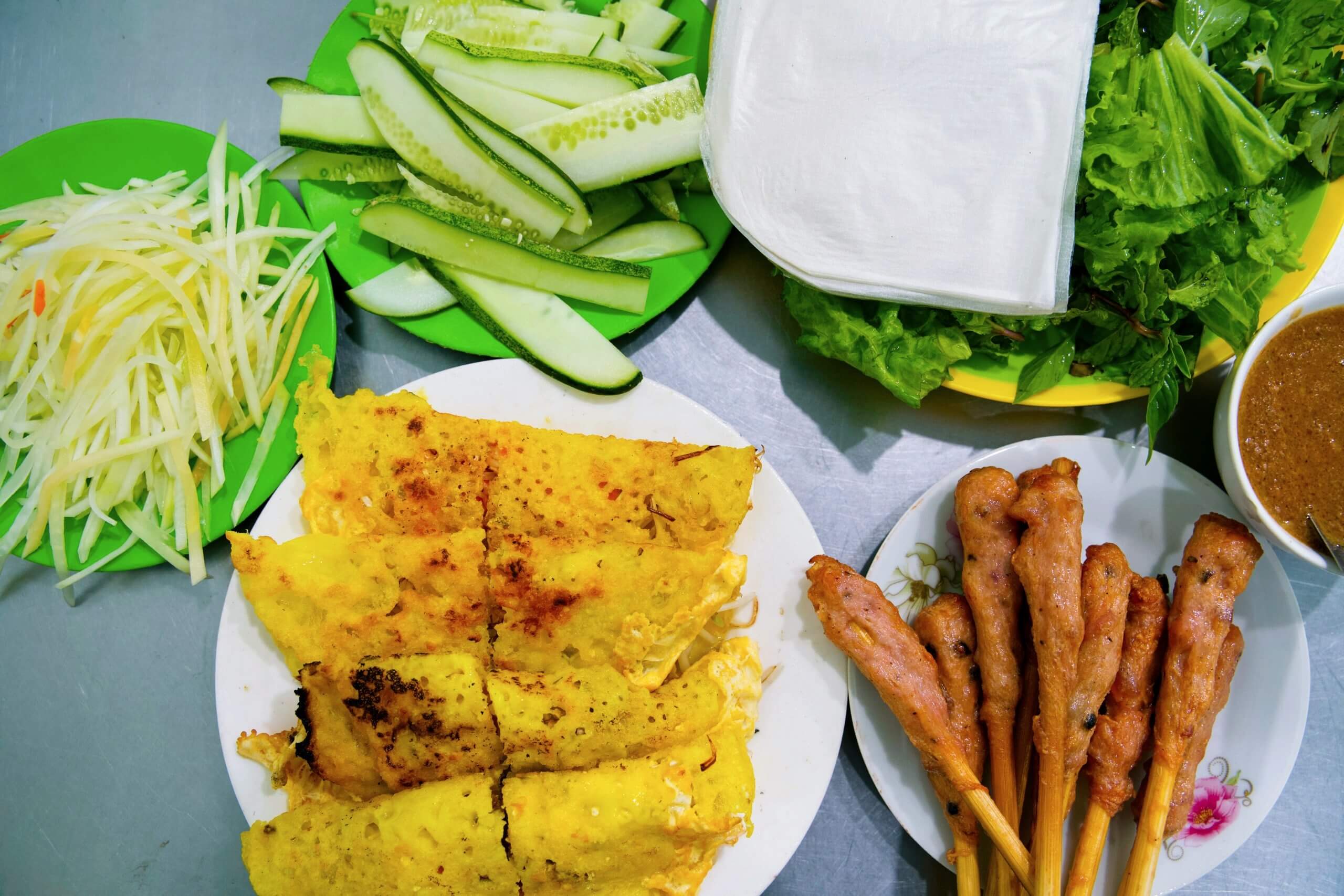10 RULES: How To Eat Street Food WITHOUT Getting Sick
From kebabs to noodles, street food is the highlight of any city, especially when traveling on a budget. Fears mount and people wonder how to eat street food without getting sick. Follow my rules to enjoy street food safely with little to no risk.
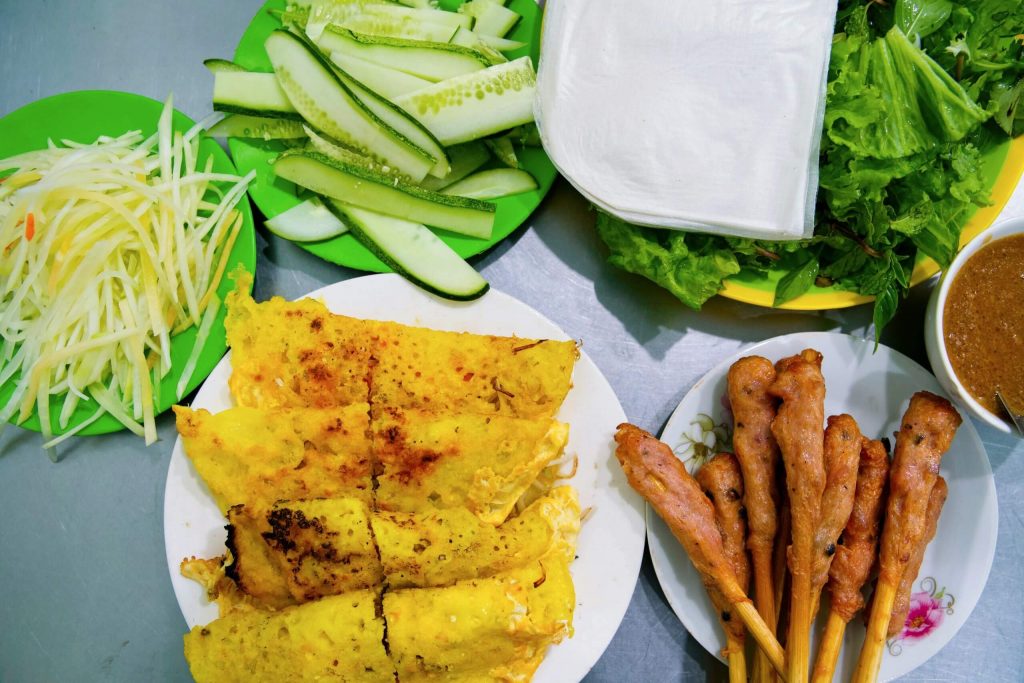
Is Street Food Safe?
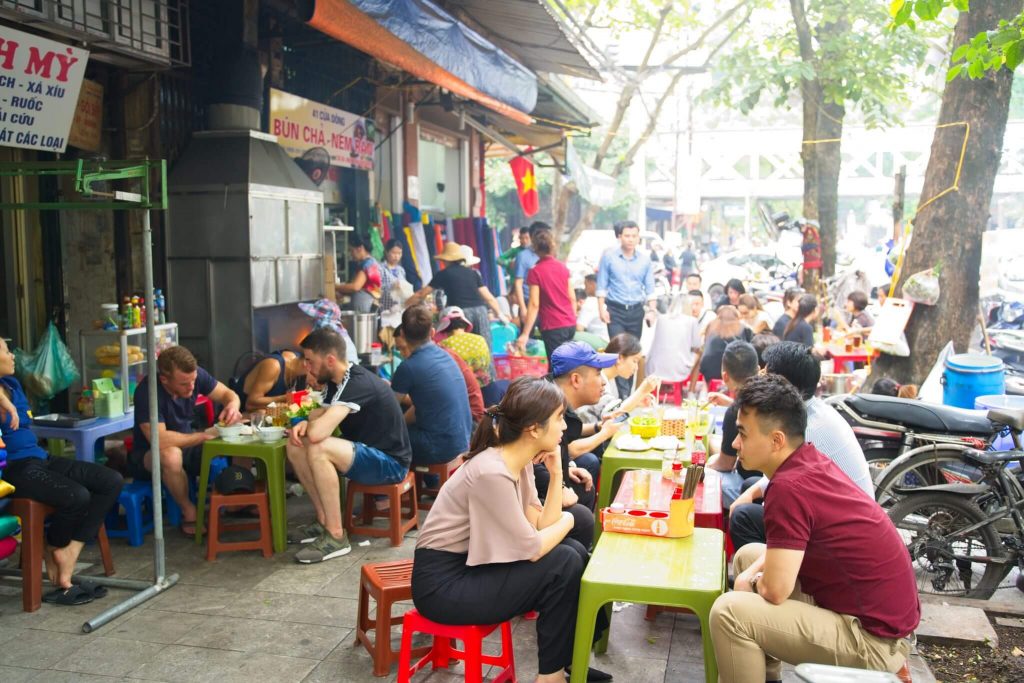
Street food remains a highlight of my trips and is a VERY safe food option. I can understand a culture quickly by eating a few delicious street bites and seeing what’s valuable and important. Every world culture has its own versions of street food that represent its history and heritage. My favorite cities in the world, like Hanoi, represent most of their cuisine through street food.
From quickly grilled skewers to overnight simmering stews, every city around the world holds street food as a top commodity. If given a choice between street food or fancy Michelin-starred restaurants, I will almost always choose street food.
One of the common questions about my travels: did you get sick from eating all the street food? From all the street food stalls I gorged myself upon, I almost never get sick because I eat with simple rules in mind.
I have, however, experienced traveler’s diarrhea and other stomach bugs from eating at questionable establishments or drinking contaminated water. I know from experience the woes of sitting on a toilet all day or racing to a bathroom to vomit uncontrollably. It only takes one time to put simple and necessary precautions in place. I am writing to save your trip and your butt.
These rules are for countries with contaminated water and lax health regulations but are still good ideas no matter where you travel. Below are ten rules I follow to eat street food without getting sick. See a local travel doctor who will go over food guidelines.
1. See a Doctor that Specializes in Travel and Health Vaccines
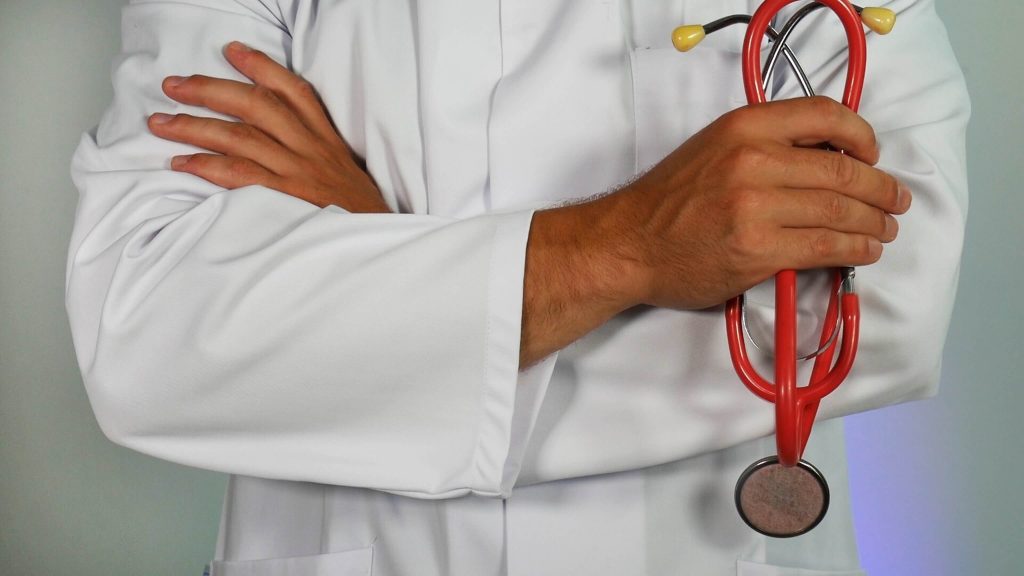
Doctors who specialize in world travel will suggest the necessary vaccines for your trip but will also discuss food safety, health precautions, and illnesses in your area of travel.
Ask for an antibiotic that will help with stomach bugs or traveler’s diarrhea. If you forgo this step, you can still see a local doctor when you travel if you happen to get sick but that’s more trouble at an awful time during your trip.
Packing a just-in-case antibiotic is immensely helpful and convenient, and I wouldn’t travel without it. From my few stomach mishaps, the antibiotics were a lifesaver and helped me recover quickly without any issues.
Follow your doctor’s advice for vaccines where viruses are contracted from contaminated food and water.
2. Be Strict for Shorter Trips
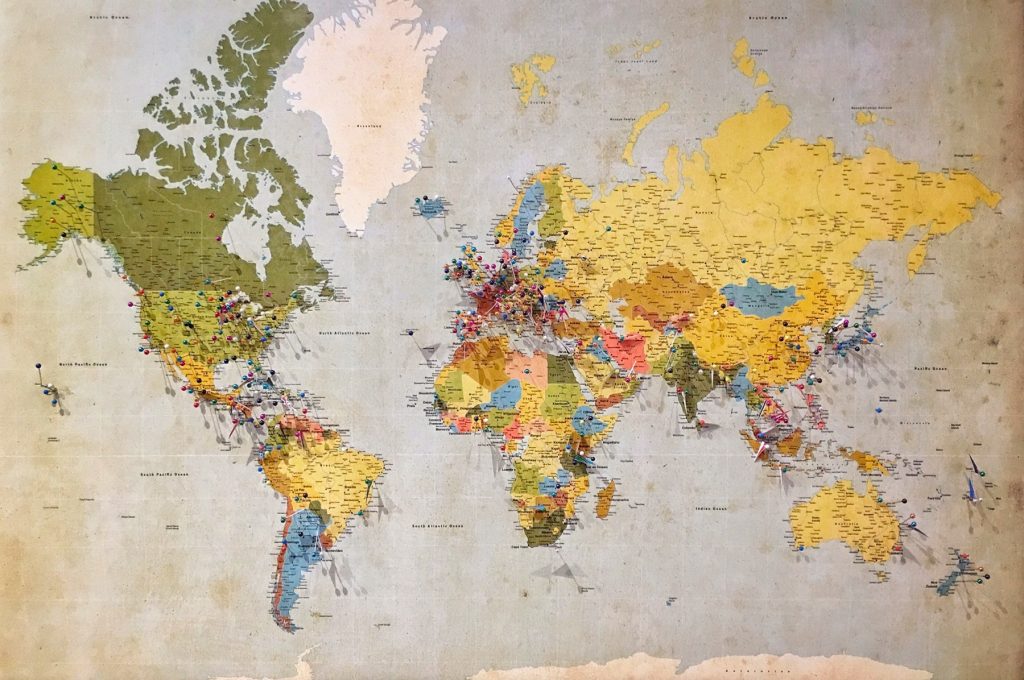
If your trip is shorter, please follow food safety guidelines with a strict attitude. I would hate for your six day trip in Thailand to be shortened because three days were spent on the toilet getting over a stomach bug.
If you have a longer trip planned, you can eat more at your own risk. My travels through South East Asia were slow, spending two to six weeks in each destination. I ate plenty of fruit, raw veggies, and table-side sauces and didn’t get sick. If I did get sick, I had time to recover and enjoy my trip because I was spending weeks, not days, in a single city.
3. Eat Where Locals Eat
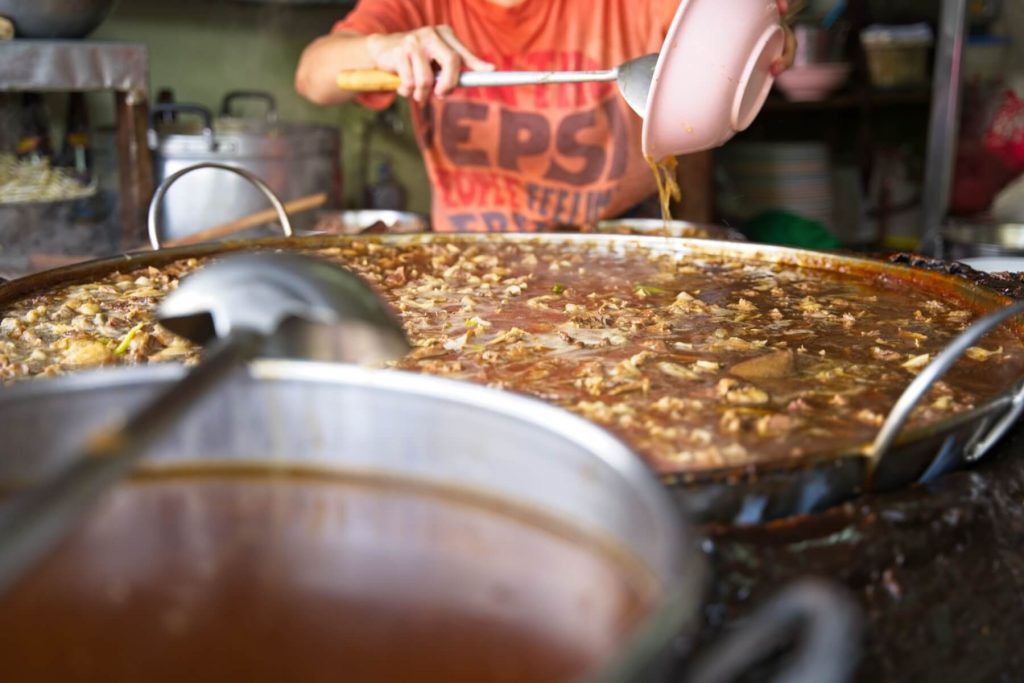
If the locals are eating there, you should be eating there! It’s a rule for finding amazing eats around the world, but it’s good advice for food safety.
Think about this, if the food was making people sick, do you think they would continue to go back? Food vendors know this, especially when most of their business comes from regulars who live in the neighborhood.
4. If There is a Line, That’s a Good Sign
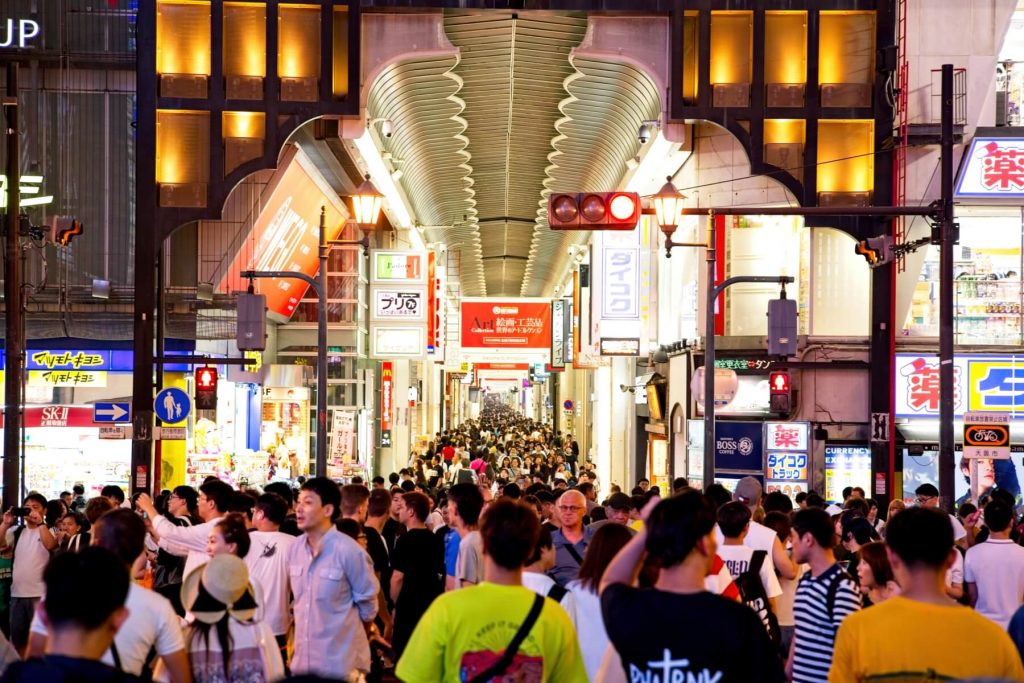
Lines give hints to food greatness. People around the world are obsessed with their local favorites and will happily wait for an amazing meal. Long lines prove that the establishment is consistent with producing a high-quality product that people love.
People skip mediocre food and bad experiences. TRUST THE LINE. True story: I stood in line before I even knew what I was getting! Seriously. I saw a long line at a food stall and knew it was going to be delicious. I sent my wife ahead to scout the food, and deliciousness followed.
5. Stick with Fresh, Hot Foods
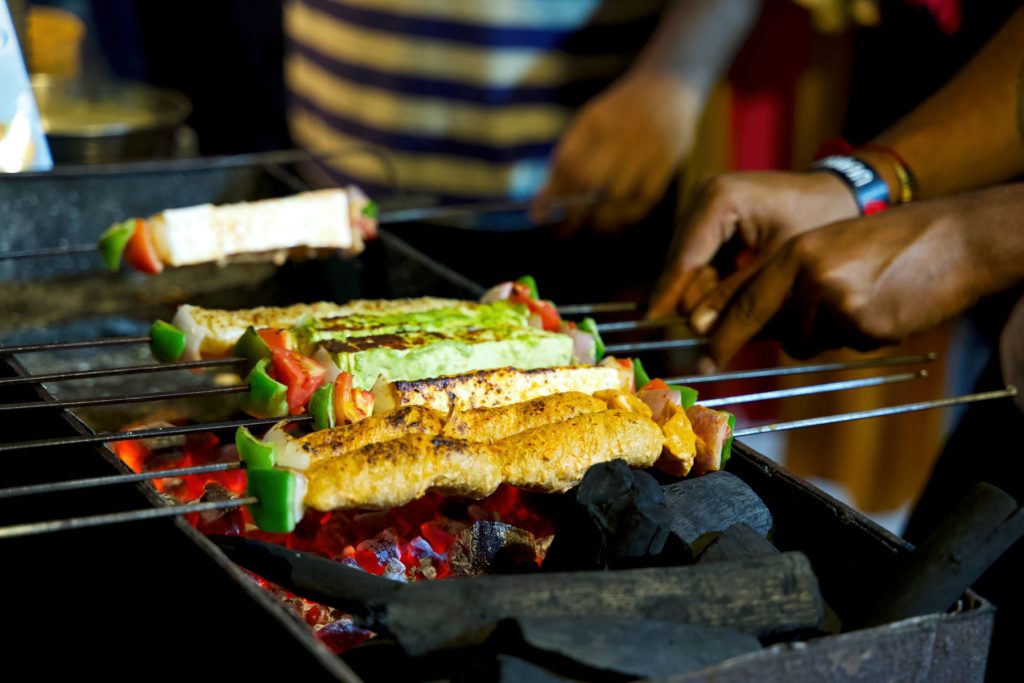
Hot food is safe food. The high temperature of the cooking process kills most food-borne illnesses, but you still need to pay attention to ensure your safety.
Avoid undercooked foods, especially animal proteins. Undercooked meat holds more than just bacteria, but it can contain parasites that can lead to more serious health issues. You will need more than a pill to fix that problem.
6. Eat When Locals Eat
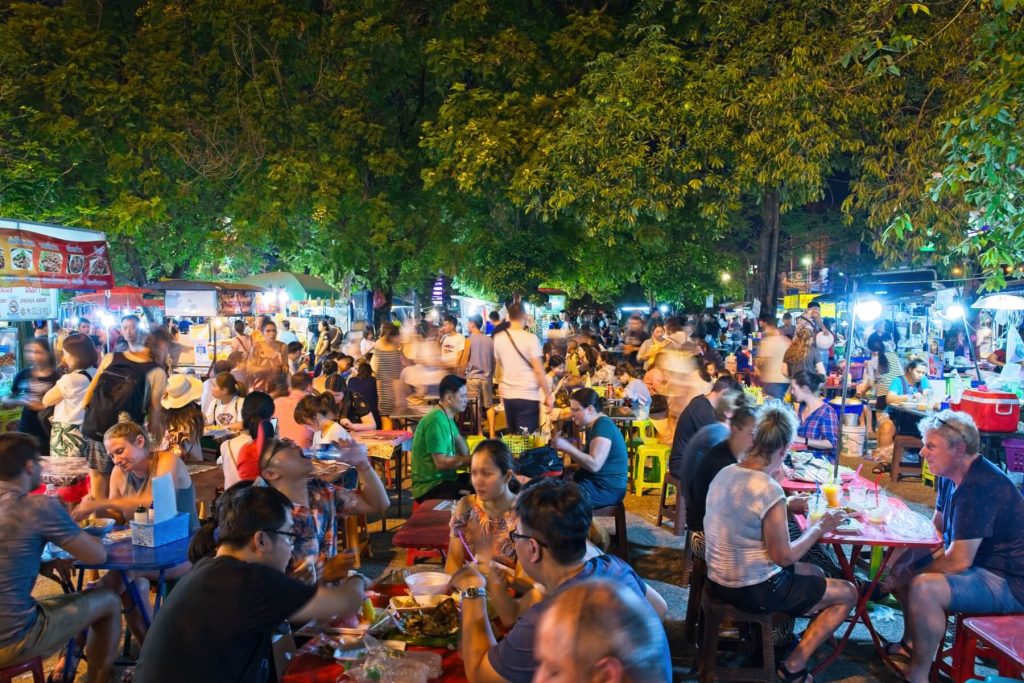
Some restaurants prepare food irresponsibly and leave cooked food sitting at room temperature. Food storage is a huge part of food safety and the longer an item sits after cooking, the more bacteria is likely to grow and make you sick.
If you eat when locals eat, more people enjoy the food at the same time, and restaurants must cook and serve the food immediately. No downtime for unwanted bacteria to grow on food.
Quick food turnaround times mean the food will be hot and fresh. Plus your food is bound to be more delicious because it hasn’t been sitting around all day. Everyone’s had that buffet where food slowly deteriorates under a heat lamp. No one wants that, so don’t eat that way.
7. Beware of Fresh Fruits and Veggies
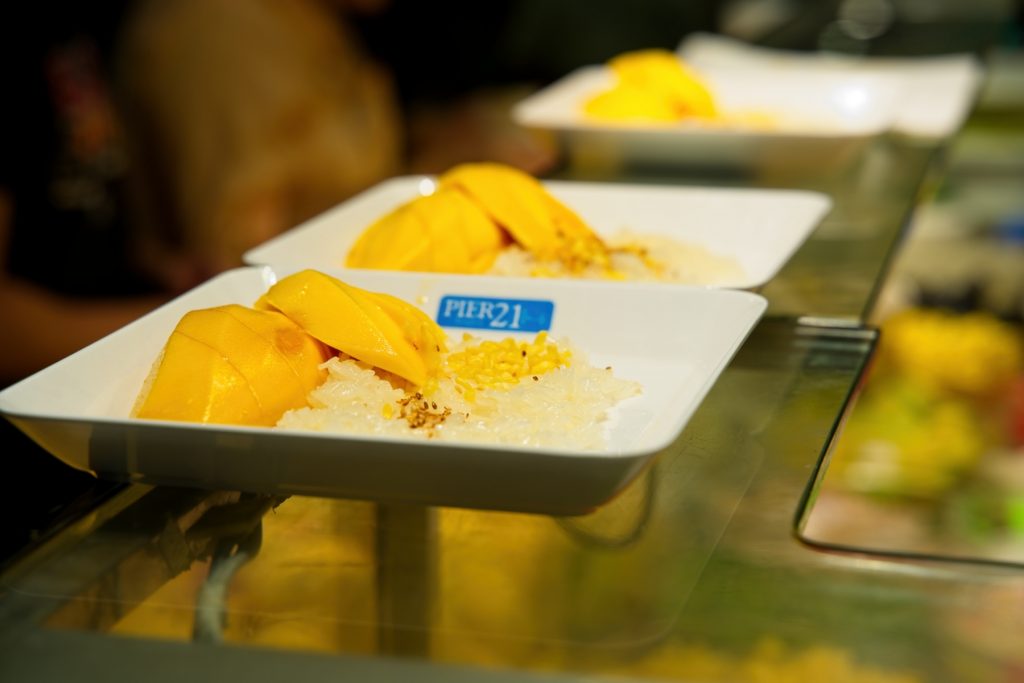
Regarding fruit: if you can peel it, you can eat it. As for raw veggies, the general rule is to skip them. Raw veggies are cleaned with tap water, which can, of course, make you sick.
I mentioned above how I’ve eaten plenty of raw veggies with my meals, but this was a calculated risk. If your trip is short, raw veggies are not worth it!
8. Know The Ice Source

When traveling to countries with contaminated water, research how the ice is made. Even in the same country, ice can be made differently from city to city.
Bangkok, for example, uses purified water to make ice that is delivered to restaurants and street food stalls around the city. Outside of Bangkok is a different story where less strict guidelines are followed. So ice in drinks, desserts, and smoothies can cause problems if you aren’t careful.
9. Beware of Sauces
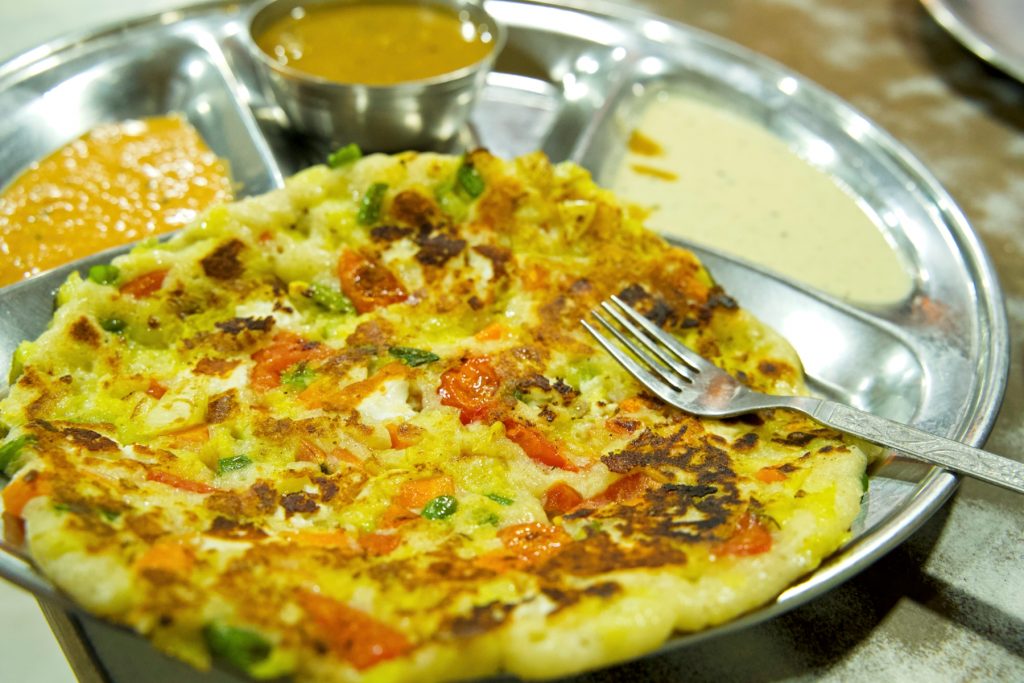
My India trip turned sour with the surprise of a stomach bug from eating some of their sauces at a local spot recommended by a travel agency. Unfortunately, I was assured of its safety but I neglected my rules. I ate a paratha with various sauces which were made with contaminated water.
I’ll spare the details here, but I am glad I brought antibiotics. Sauces complement a dish and often adds complex flavors to the meal. Although a difficult decision, if you are not 100% sure about the sauce’s source skip it, or regret it later.
10. Avoid Street Food at Least 36 Hours Before Traveling
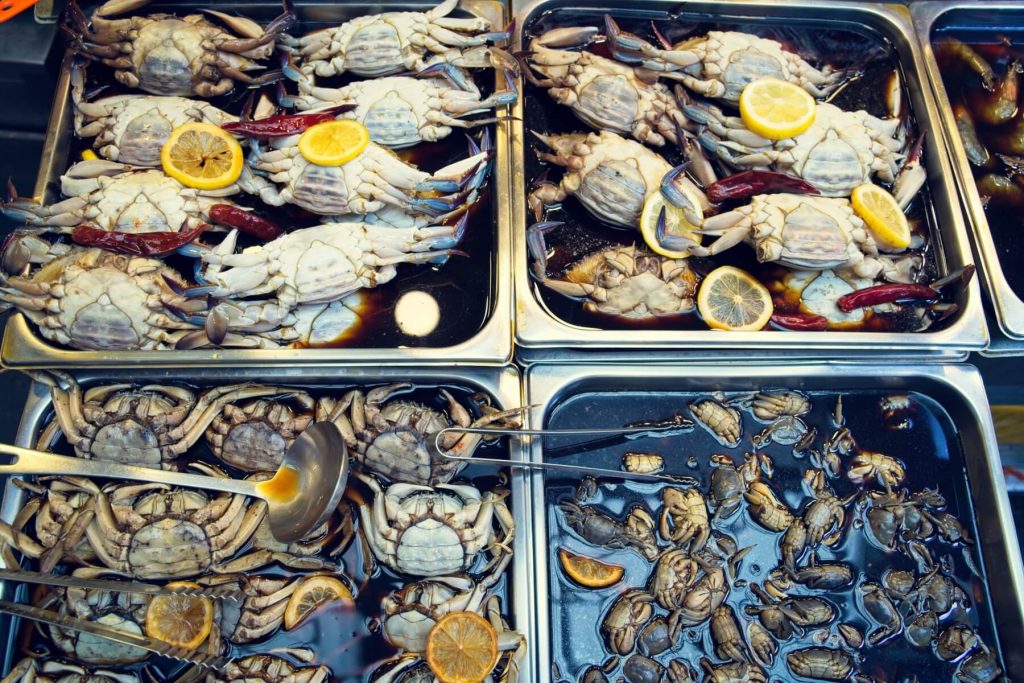
Often overlooked, traveling is taxing on the body, and adding in an upset stomach with frequent trips to the bathroom becomes a world of hurt. Standing in the immigration line about to throw up with no bathroom or trash cans in sight will ruin your trip home and make an unforgettable memory.
I usually stay very safe 36 hours before traveling and avoid all street food and questionable establishments. The 36-hour recommendation is implemented because from my personal experience, that’s how long it took for antibiotics to make a noticeable difference in my stomach and digestion for me to leave my room.
Conclusion
Street food is safe to eat especially when following the ten rules above. Yes, getting sick always factors into my decision making, but when I stick with my rules, I never second guess myself. When traveling with others, I recommend you review the rules on how to eat street food without getting sick and help each other avoid accidental exposure. Travel with confidence and know that delicious street foods awaits smart travelers.
Chris Kretzer has traveled the world visiting over 35 countries and eating his way through every city. With his wife Tiarra, they explore different food cultures and create food guides, podcasts, and travel articles helping everyone experience the world through food.

